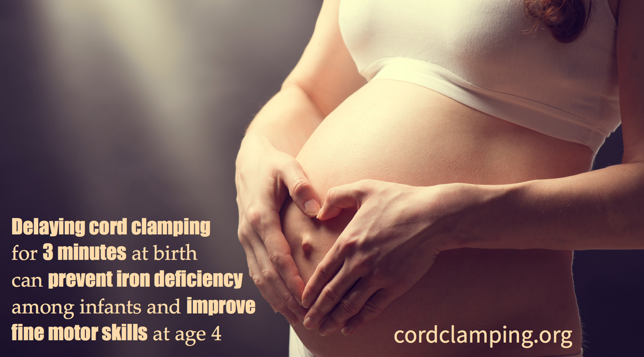2015 > 07
To celebrate the first international #BumpDay today July 22nd, I would like to share a bump with a cord clamping message. Please share this picture, your own bump or someother bump you like in social media and tag it #BumpDay. Read more at bumpday.org where they write:
'According to the World Health Organization (WHO), maternal health and newborn health are closely linked. Most maternal deaths are preventable with access to prenatal care in pregnancy, skilled care during childbirth, and care and support in the weeks after childbirth.
This July, we’re bringing awareness to the importance of healthy pregnancies and beautiful bumps all over the globe. Join us as we celebrate BumpDay and promote healthy pregnancies and beautiful bumps around the world, because healthy futures start with healthy beginnings.´
You can read questions and answers all around the Internet about cord clamping and umbilical cord stem cell banking and/or donating.
In this blog I will always try to stick to what is scientifically known and perhaps even proven, which is not always the same as what common sense says.
Common sense implies that if the placenta transfusion to the newborn is complete, there won't be much blood blood left to bank och donate.
When it comes to research regarding delayed cord clamping and stem cell banking I do not know of any research done. There is an ongoing study at Karolinska hospital in Stockholm, Sweden, which I am involved in, looking at how many stem cell that are available after 1 minute delayed cord clamping and then how this affects iron stores at four months compared to immediate and delayed after 3 minutes clamping (that is compared to our earlier study published in the BMJ).
I will go through the recent research to be found in this area and return in a future blog post. It's an open question, and up the parents to judge and decide: do we want to ask to optimize the placental transfusion or the harvesting of stem cells? And as always to counsel their obstetrician and midwife.
My hope goes to the research of harvesting and enriching the umbilical stem cells. Perhaps in the future we are able to enrich those probably few stem cells left after a full placental transfusion, or we will be able to use other stem celks found in the placenta.
Then we could, as we at least say in Sweden, eat the cookie and still keep it.
You can read questions and answers all around the Internet about cord clamping and umbilical cord stem cell banking and/or donating.
In this blog I will always try to stick to what is scientifically known and perhaps even proven, which is not always the same as what common sense says.
Common sense implies that if the placenta transfusion to the newborn is complete, there won't be much blood blood left to bank och donate.
When it comes to research regarding delayed cord clamping and stem cell banking I do not know of any research done. There is an ongoing study at Karolinska hospital in Stockholm, Sweden, which I am involved in, looking at how many stem cell that are available after 1 minute delayed cord clamping and then how this affects iron stores at four months compared to immediate and delayed after 3 minutes clamping (that is compared to our earlier study published in the BMJ).
I will go through the recent research to be found in this area and return in a future blog post. It's an open question, and up the parents to judge and decide: do we want to ask to optimize the placental transfusion or the harvesting of stem cells? And as always to counsel their obstetrician and midwife.
My hope goes to the research of harvesting and enriching the umbilical stem cells. Perhaps in the future we are able to enrich those probably few stem cells left after a full placental transfusion, or we will be able to use other stem celks found in the placenta.
Then we could, as we at least say in Sweden, eat the cookie and still keep it.

LATEST POSTS
- Three Reasons To Wait To Clamp The Umbilical Cord
- Midwives in Sweden tends to clamp the umbilical cord in a way that is more natural and practical in…
- New uptodate review on cord clamping
- In memory of Hans Rosling:
- 3 reasons for clamping the umbilical cord after 3 minutes
- 30 seconds might be enough when delaying cord clamping at cesarean sections
- This years christmas gift to all babies
- Major break-through for delayed cord clamping
- 10 years today since this important paper was published
- Podcast about delayed cord clamping.
 0 comments
0 comments 




Israel Brown » Major break-through for delayed cord clamping: ”It is worth taking such a recommendation . However, cord milking in both preterm..”
Dr Robyn Thompson » Major break-through for delayed cord clamping: ”Midwives with women have not been practising early cord clamping for decades tha..”
Sally » Major break-through for delayed cord clamping: ”What's the number of babies needing photo therapy for term babies., talk about i..”
Tonia » Major break-through for delayed cord clamping: ”The picture in this article shows a placenta several minutes after delivery. The..”
Steve Kabamba » Major break-through for delayed cord clamping: ”What is the stand in the High burden HIV population? What is the risk of contrac..”